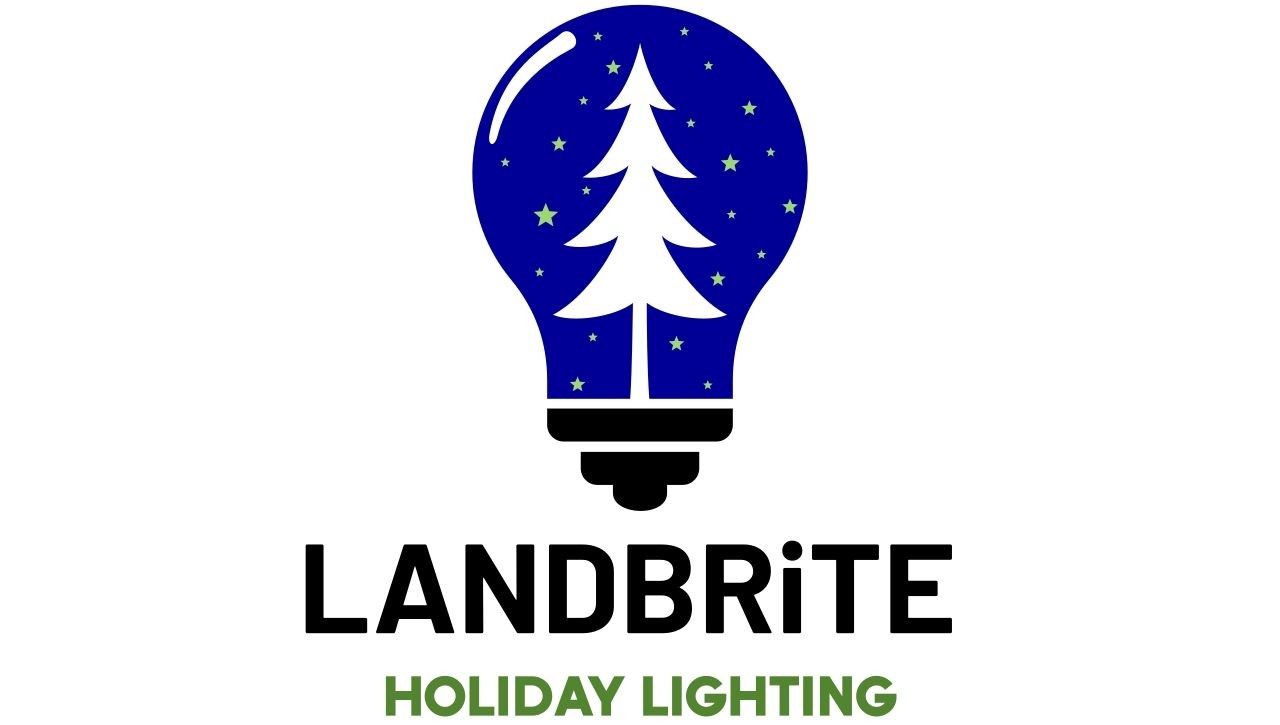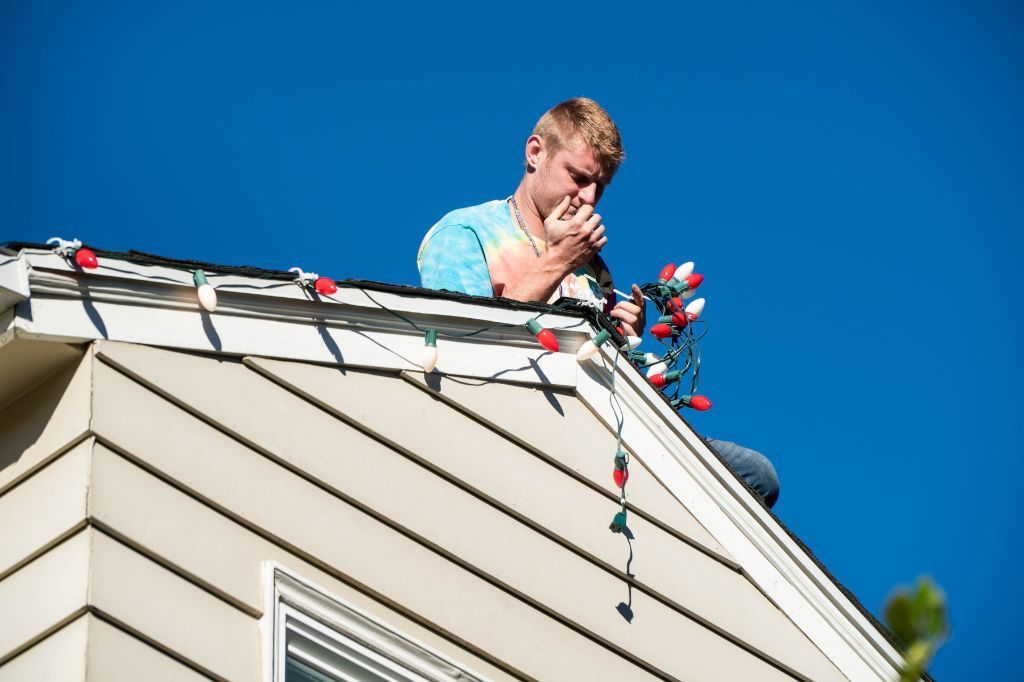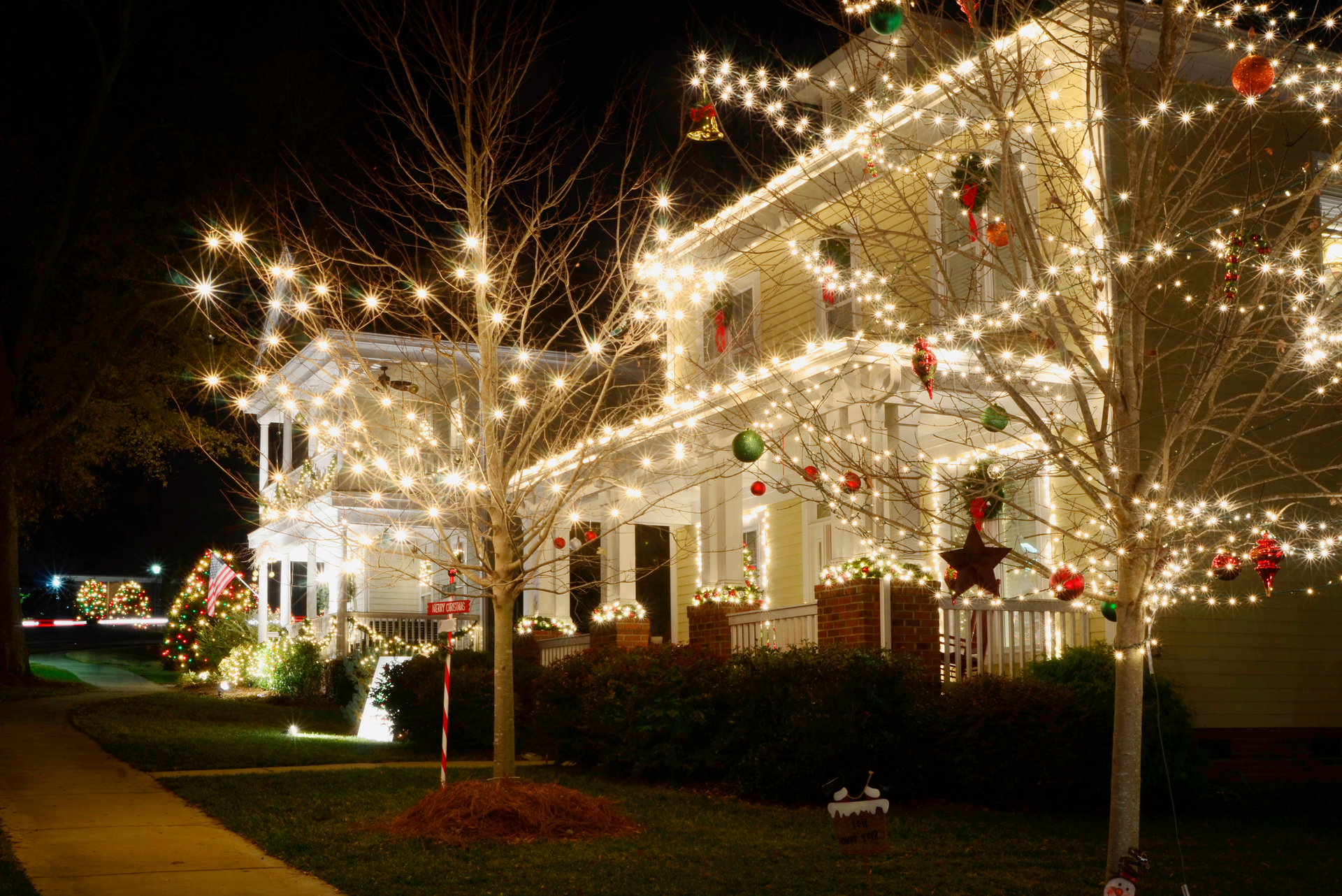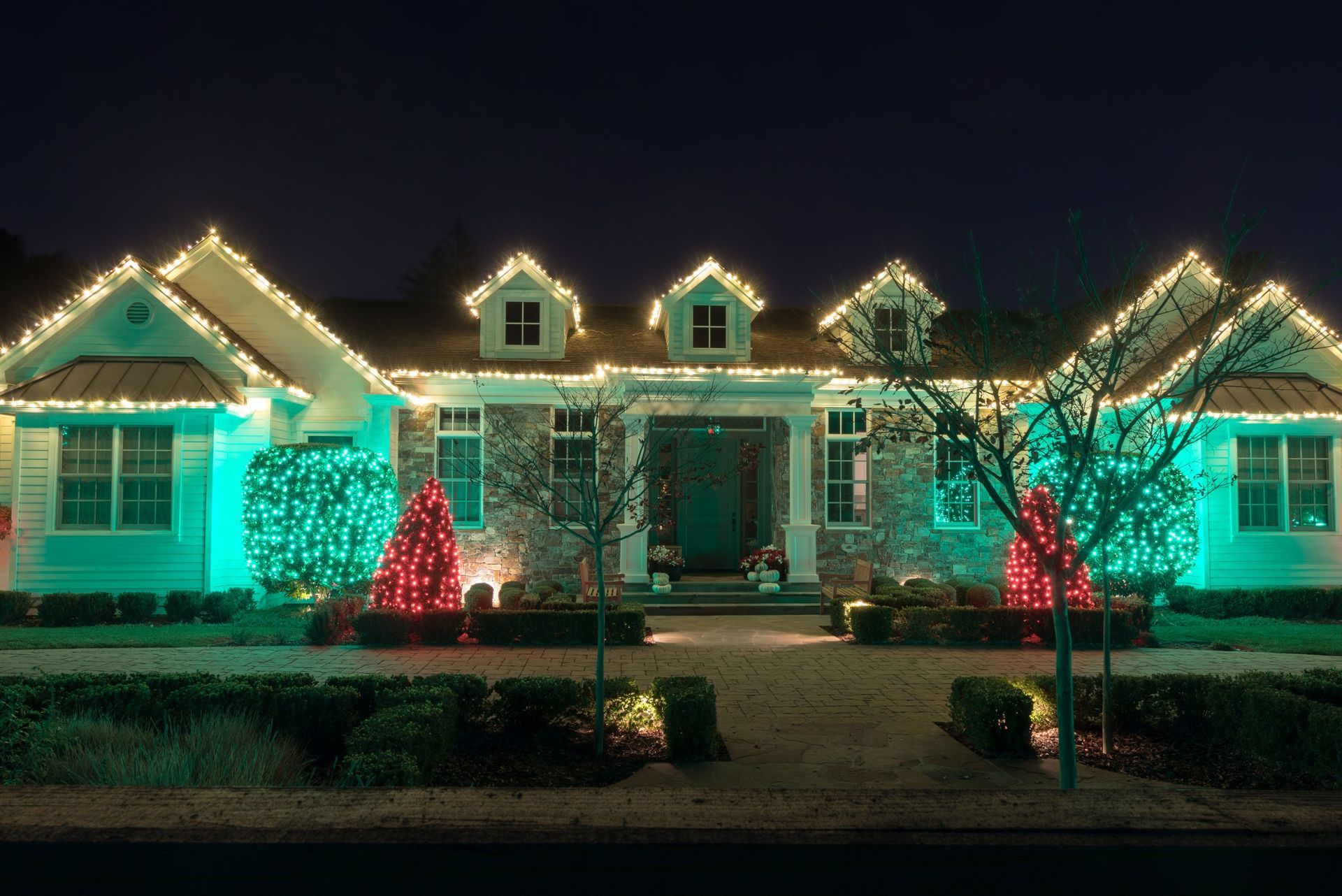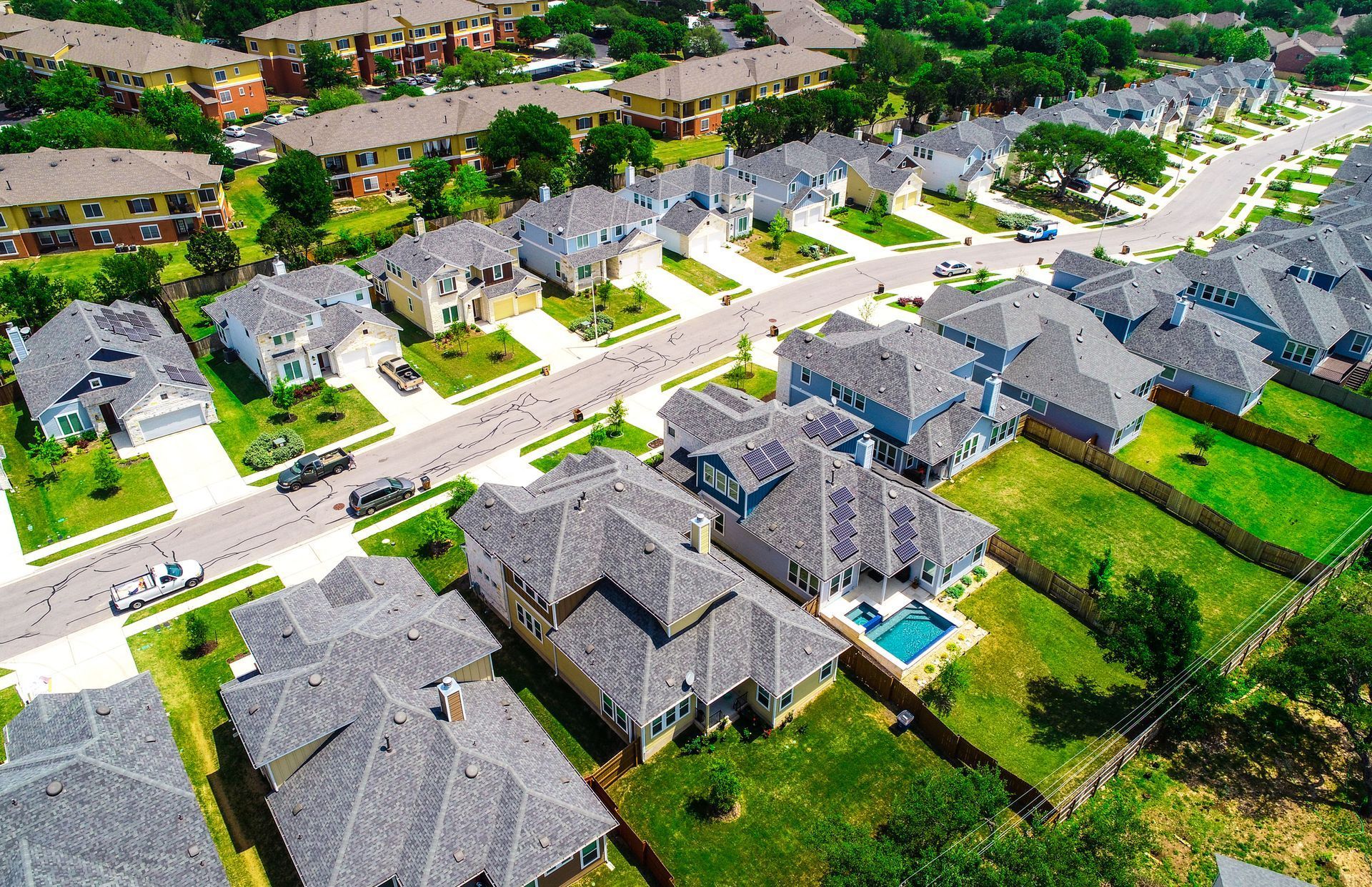Pest Control Services for Lawns: What Every Homeowner Should Know
A healthy, green lawn is one of the best features of any home. But even the most well-maintained yard can be destroyed by hidden invaders beneath the soil or pests chewing at the grass blades. Grubs, chinch bugs, sod webworms — these lawn destroyers don’t just cause unsightly patches; they weaken turf, open the door to weeds, and make your property less enjoyable.
That’s why professional
pest control services are essential. Instead of reacting to visible damage, they provide proactive protection, ensuring your lawn stays strong, vibrant, and pest-free all year long.
In this guide, we’ll break down common lawn pests in Idaho, the risks they pose, and how expert pest control services can save your lawn (and your sanity).
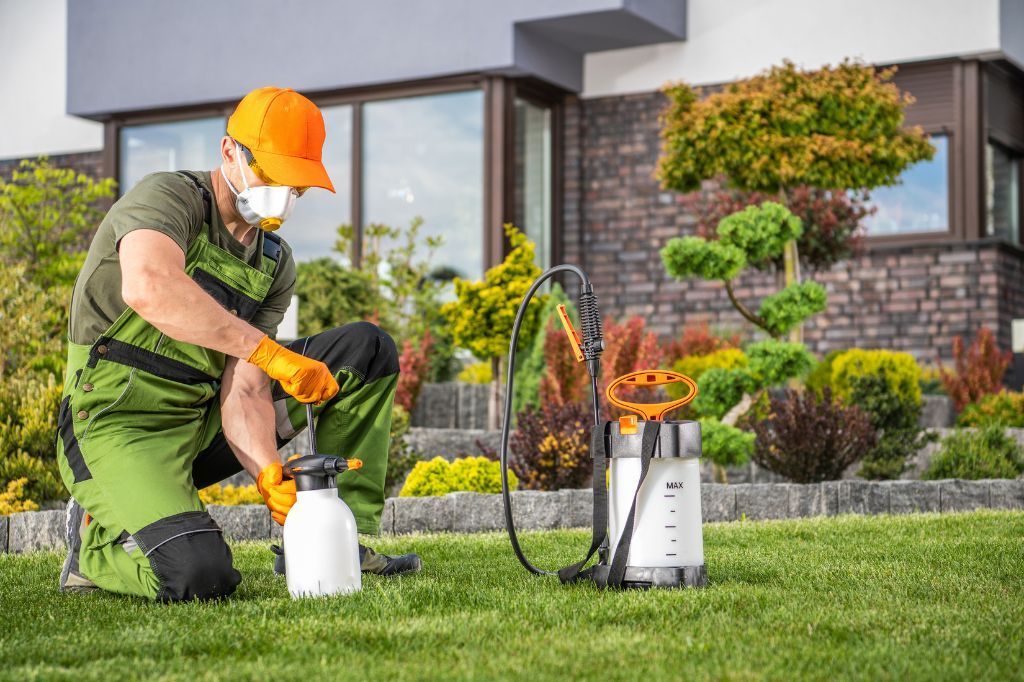
Why Lawn Pest Control Matters
- Protects Your Investment: Lawns add value to your home; pests threaten that investment.
- Prevents Lawn Destruction: Grubs and other insects can wipe out large areas in weeks.
- Stops Weed Growth: Weak turf from pest damage gives weeds the chance to spread.
- Reduces Chemical Use: Targeted pest control uses precise applications instead of over-spraying.
- Improves Safety: Families and pets benefit from safe, pest-free outdoor spaces.
Common Lawn Pests in Idaho
Grubs
- White beetle larvae that eat grass roots.
- Symptoms: Brown, spongy patches that peel back like carpet.
Chinch Bugs
- Tiny pests that suck nutrients from grass blades.
- Symptoms: Yellow or wilted patches that don’t respond to watering.
Sod Webworms
- Caterpillars that chew grass blades at night.
- Symptoms: Small brown patches that expand quickly.
Billbugs
- Weevils that feed on stems and roots.
- Symptoms: Dead patches that mimic drought stress.
Ants
- Can create unsightly mounds and disrupt soil.
- While not directly harmful to grass, they encourage other pests like aphids.
Signs Your Lawn Needs Pest Control Services
- Brown spots that don’t improve with watering.
- Grass that feels loose or lifts easily (root damage).
- Increased bird activity (feeding on grubs).
- Thin or patchy turf despite regular fertilization.
- Visible insects in soil or thatch.
Professional Pest Control Services vs. DIY
DIY Pest Control
- Relies on over-the-counter sprays and granules.
- Often treats symptoms, not root causes.
- Can harm beneficial insects if applied incorrectly.
Professional Services
- Conduct inspections to identify pests accurately.
- Apply targeted treatments only where needed.
- Monitor progress with follow-up visits.
- Offer eco-friendly and family-safe options.
Integrated Lawn Pest Management (ILPM)
Many providers now use
Integrated Lawn Pest Management, which combines:
- Soil Testing & Monitoring – Identifying early warning signs.
- Cultural Practices – Aeration, overseeding, and fertilization to strengthen turf.
- Biological Controls – Beneficial nematodes or natural predators.
- Targeted Applications – Using the least-toxic, most effective solutions.
This holistic approach keeps your lawn healthy without relying solely on chemicals.
Seasonal Lawn Pest Control in Idaho
Spring
- Grub prevention applications.
- Early monitoring for chinch bugs.
Summer
- Mosquito and ant treatments for outdoor enjoyment.
- Targeted insecticides for sod webworms.
Fall
- Grub treatments to stop larvae preparing for winter.
- Overseeding and fertilization to restore turf.
Winter
- Inspections for pests moving indoors.
- Lawn planning for spring.
Case Study: Idaho Falls Lawn Rescue
A homeowner in Idaho Falls noticed brown patches spreading each summer. Despite watering and fertilizing, the lawn kept declining.
LandBrite’s pest control team:
- Identified a grub infestation through soil inspection.
- Applied targeted treatments to eliminate grubs.
- Aerated and overseeded to restore grass health.
- Added seasonal monitoring for long-term prevention.
The following year, the homeowner enjoyed a thick, green lawn — free from pests and weeds.
Pro Tips for Homeowners
- Don’t ignore brown patches — pests spread quickly.
- Water deeply but infrequently to discourage chinch bugs.
- Keep mower blades sharp to reduce lawn stress.
- Mulch clippings to strengthen soil health.
- Schedule annual lawn pest inspections.
FAQs
Q1: How often should my lawn be treated for pests?
Most Idaho lawns need preventive treatments 2–3 times per year, depending on pest activity.
Q2: Are treatments safe for pets and children?
Yes. Professionals use regulated, eco-friendly products applied with safety in mind.
Q3: Can pest control fix existing lawn damage?
It stops further damage, but overseeding and fertilization are usually needed to repair dead spots.
Q4: What’s the difference between prevention and curative treatments?
Preventive treatments stop pests before damage occurs; curative treatments control active infestations.
Q5: Do healthy lawns resist pests?
Yes. Strong, thick turf is naturally more resistant, which is why pest control works best when paired with proper lawn care.
Why Choose LandBrite for Lawn Pest Control Services
At
LandBrite, we know that a healthy lawn requires more than mowing and watering — it requires protection from hidden threats beneath the soil. Our pest control services include:
- Thorough inspections and soil analysis.
- Treatments for grubs, chinch bugs, sod webworms, and more.
- Eco-friendly options safe for families and pets.
- Seasonal programs tailored to Idaho’s climate.
- Integrated care that combines pest control with overall lawn health.
Explore our full Pest Control Services for Idaho homeowners.
Conclusion
Your lawn is one of your home’s greatest assets — but pests can destroy it if left unchecked. DIY methods may provide short-term relief, but only professional
pest control services deliver long-term protection and healthier turf.
At LandBrite, we specialize in keeping Idaho lawns pest-free, lush, and enjoyable all year long.
Don’t wait until brown patches take over. Contact LandBrite today to schedule your lawn pest control service.
